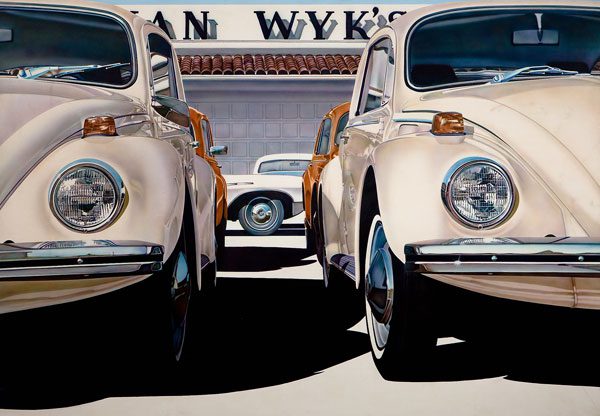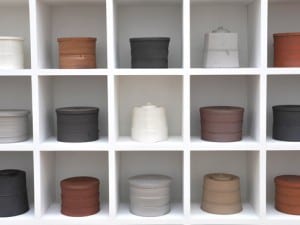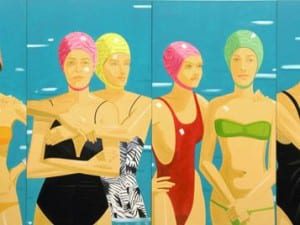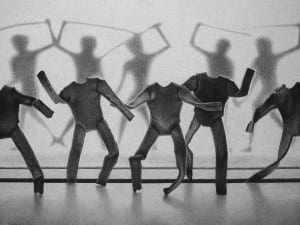The first major large-scale retrospective in Europe devoted to Photorealism is currently running at Birmingham Museum & Art Gallery until 30 March. Surveying the genre’s development from the 1960s to today, the exhibition moves from the likes of Charles Bell, Audrey Flack, Don Eddy, Chuck Close and John Salt, through a second generation of painters like Gus Heinze into its contemporary digital manifestation.
Beginning with a group of US artists who focused on the realistic depictions of everyday objects and scenes, the early works of Photorealism seize upon the clichés of American life- consumer goods, cars, motorcycles, diners and cityscapes- to painstakingly reproduce the everyday in large-scale oil and acrylic images. A means of documenting the world in a way that starkly opposed the concurrent movements of abstract expressionism, Pop Art and minimal art, Photorealism radically re-imagined ideas of subjectivity, authenticity and means of relating to reality.
A reoccurring obsession with transport becomes apparent and the first works of this exhibition reveal a running depiction of scenes of trucks, planes, motorcycles and cars in the work of Ron Kleeman, Tom Blackwell and Ralph Goings. This idea also resurfaces in Birmingham-born artist, John Salt’s seminal pieces, which draw on his upbringing among the car manufacturing industry.
In the exhibits of the 1980s and 1990s, Photorealism takes a leap as the genre becomes of increasing interest to European artists such as Anthony Brunelli, who focuses on the cityscapes of France, Switzerland, Italy and small-town America and Bertrand Meniel, who captured panoramic views of Miami Beach, New York City and other American cities. Robert Gniewek’s dusky city streets and Guz Heinze’s fascination with dilapidated farm equipment, locomotive engines and water pumps also form a key part of this mid-point of the genre’s trajectory.
Finally, moving into the age of digital photography, Photorealism shifts into a third phase with ambitious projects such as Raphaella Spence’s, which capture cities around the world from a helicopter using a 66-megapixel camera before transferring these images pixel by pixel to canvas where they come to life with pin-sharp accuracy. Peter Maier’s images of polished car bodies, deceptively real in appearance and the result of spraying 25 layers of special automobile paint onto high-tech aluminium, also showcase the contemporary character of Photorealism, offering a fascinating signpost to where the genre might point next.
Photorealism: 50 Years of Hyperrealistic Painting, 30 November – 30 March, Gas Hall, Birmingham Museum and Art Gallery, Chamberlain Square, Birmingham, B3 3DH.
Credits
1. Don Eddy, Untitled (4 VWs) (1971), Acrylic on canvas, 167 x 241cm, F. Javier Elorza, Image © Don Eddy, Photo © 2012 foto gonzalo de la serna.





